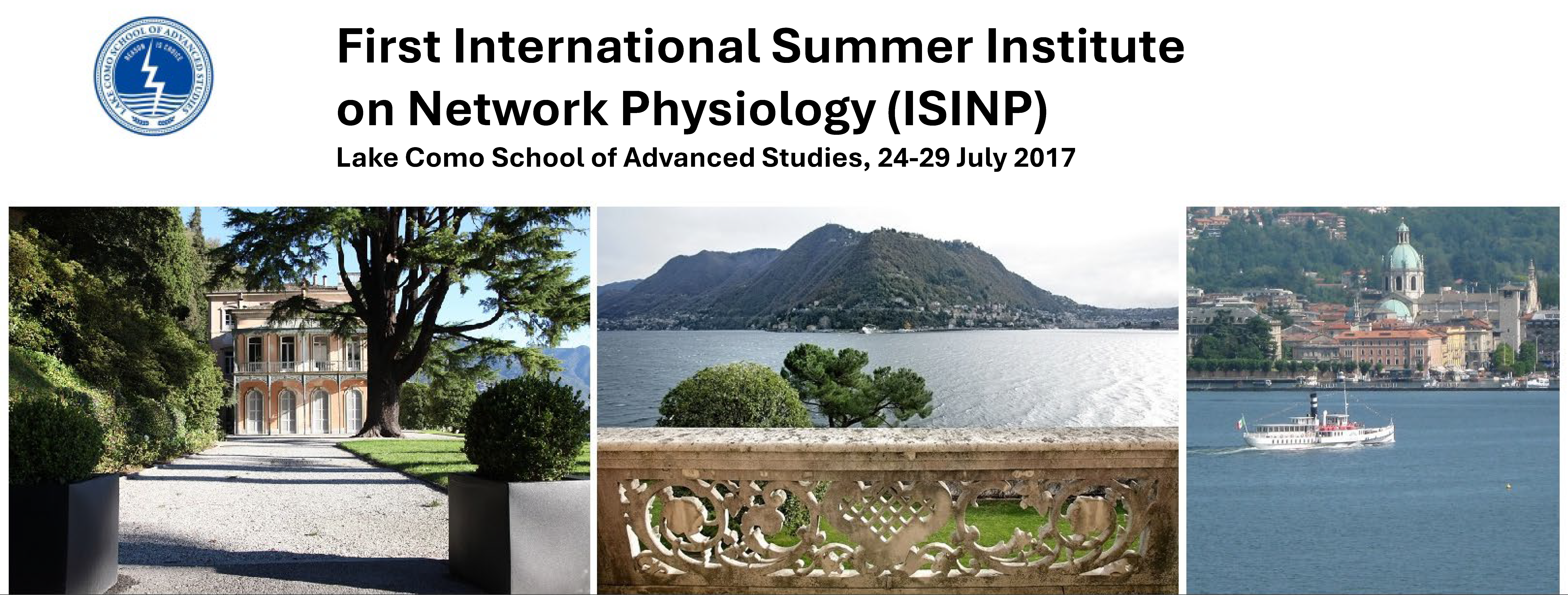Program
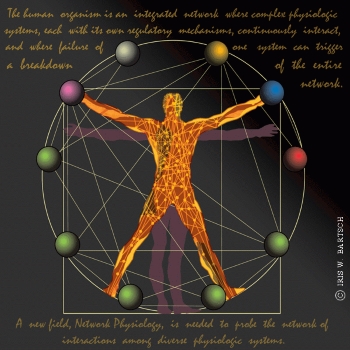

SCIENTIFIC PROGRAM
(download here ISINP-2017-Program.pdf )
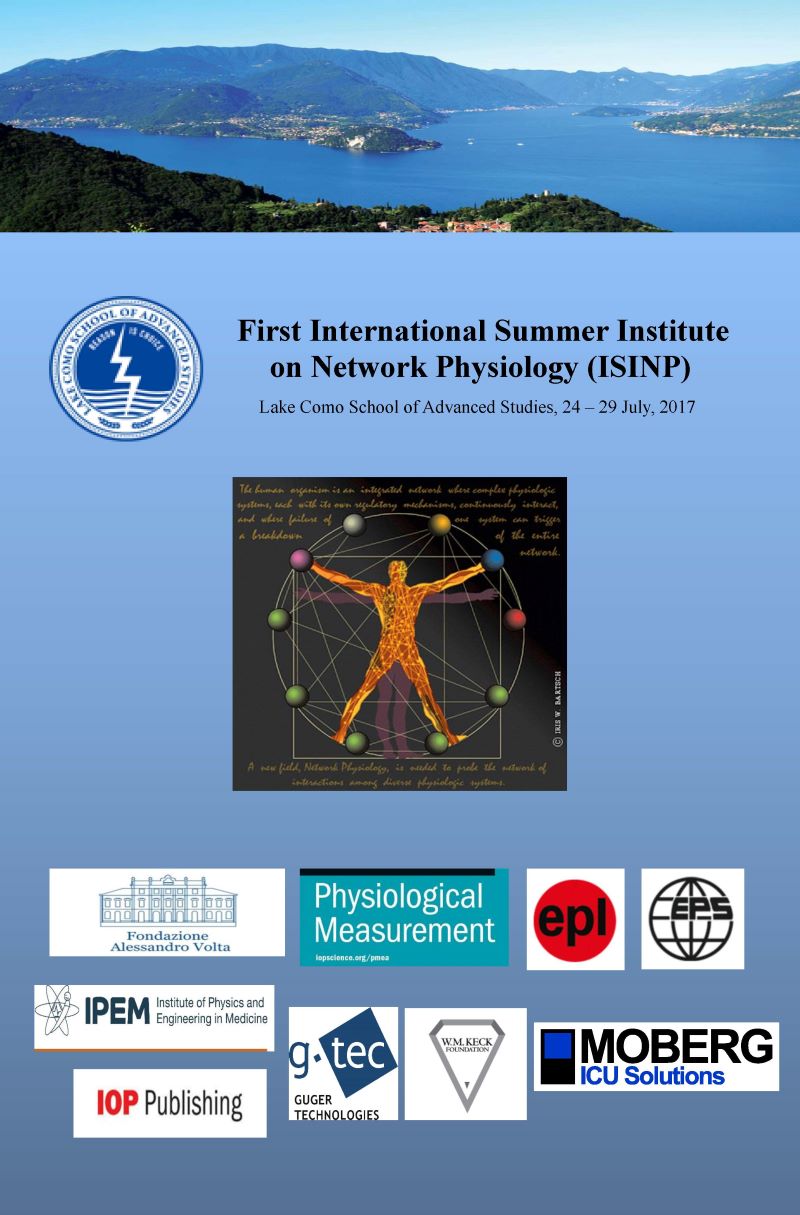
ISINP-2017 TIME TABLE
(download here ISINP-2017-Time-Table)
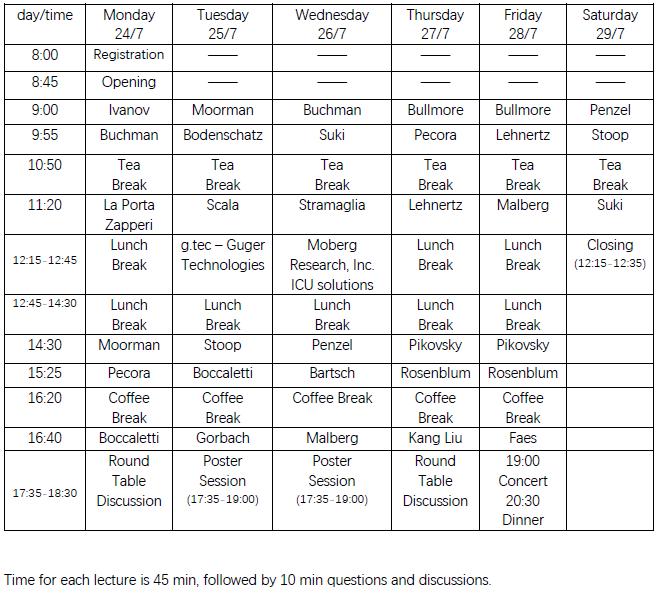
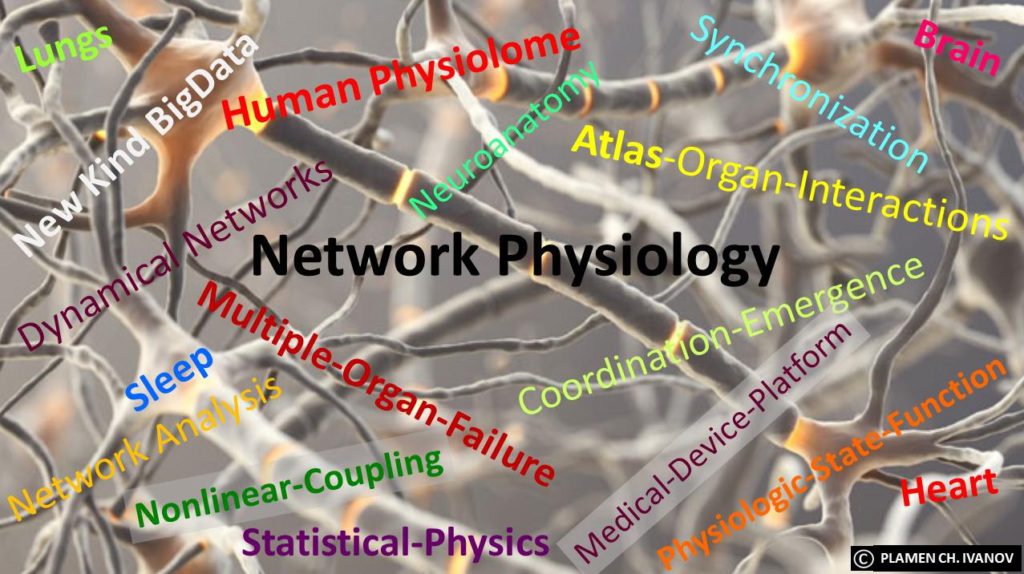
LECTURE TITLES
Ronny P. Bartsch
1. Novel time delay stability approach to infer coupling in systems with bursting dynamics and to identify networks of organ interactions. [PDF]
Stefano Boccaletti
1. Parenclitic Networks: How to Uncover New Functions and Structural Information in Biological Data. [PDF]
2. Smooth and Explosive Synchronization of Networked Dynamical Units. [PDF]
Eberhard Bodenschatz
1. Cilia Driven Transport Networks in the Brain. [PDF]
Timothy G. Buchman
1. The Networks of the Self: Health, Healthy States and Physiologic Resilience. [PDF]
2. The Networks of the Self: Critical Illness and Critical Care. [PDF]
Edward T. Bullmore
1. Economical Brain Networks from Micro to Macro Scales. [PDF]
2. Human Brain Networks in Health and Disease. [PDF]
Luca Faes
1. Information Theory for Network Physiology: Multivariate and Multiscale Methods to Dissect the Information Content of Brain, Cardiovascular and Muscular Networks. [PDF]
Alexander Gorbach
1. A Network Physiology Approach to the Cardiovascular System. [PDF]
Plamen Ch. Ivanov
1. The Emerging Field of Network Physiology: From Complex Dynamics of Individual Systems to Networks of Organ Interactions and the Human Physiolome. [PDF]
Klaus Lehnertz
1. Deriving Functional Brain Networks from Data: A Critical Assessment. [PDF]
2. Long-term Dynamics of Large-scale Epileptic Brain Networks. [PDF]
Kang K L Liu
1. Emergent Coordination Among Physiologic Systems: New Network Signatures for Physiologic State and Function. [PDF]
Hagen Malberg
1. Contactless Measurement Technologies in Medicine: from Biosignal Processing to Physiological Networks. [PDF]
2. Automatic Control in Medicine and Fuzzy Logic as An Universal Method for Analyzing Physiological Interactions. [PDF]
Dick Moberg
1. The Mysteries of the Injured Brain: Can they be solved with network physiology? [PDF]
J. Randall Moorman
1. Cardiorespiratory Networking is Altered Early in Subacute Potentially Catastrophic Illness. [PDF]
2. Entropy Estimation-based Assessment of Physiological Networks. [PDF]
Begonya Otal
1. Current and future applications of BCIs [PDF]
Louis M. Pecora
1. Discovering, Constructing, and Analyzing Synchronous Clusters of Oscillators in A Complex Network Using Symmetries (Part 1).
2. Discovering, Constructing, and Analyzing Synchronous Clusters of Oscillators in A Complex Network Using Symmetries (Part 2).
Thomas Penzel
1. Signal Recording and Non-linear Signal Processing for Interacting Signals in Sleep Research. [PDF]
2. ECG, Heart Rate, and Physiological Coupling Analysis to Diagnose Sleep Disorders. [PDF]
Arkady S. Pikovsky
1. Chimeras and Other complex States in Multifrequency Networks. [PDF]
2. Phase Description of Observed Oscillatory Networks. [PDF]
Caterina A. M. La Porta
1. Pathway Deregulation in Obesity
Michael G. Rosenblum
1. Quasiperiodic Partial Synchrony in Oscillatory Networks. [PDF]
2. Reconstruction of Network Connectivity from Observations. [PDF]
Antonio Scala
1. Network Physiology Approach in Dental Medicine: Applications to Orthodontic Diagnosis and Treatment. [PDF]
Ruedi Stoop
1. A Critical Network is What You Hear. [PDF]
2. Generic Roads to Neural Network Critical States. [PDF]
Sebastiano Stramaglia
1. Synergetic and Redundant Information Flow Detected by Causal Analysis of Dynamical Networks. [PDF]
Béla Suki
1. Elastic Network Models of Lung Tissue Diseases and Their Treatments. [PDF]
2. Physiological Networks Perspective on the Origin and Phase Transitions of Life. [PDF]
Stefano Zapperi
1. Pathway Deregulation in Obesity [PDF]
